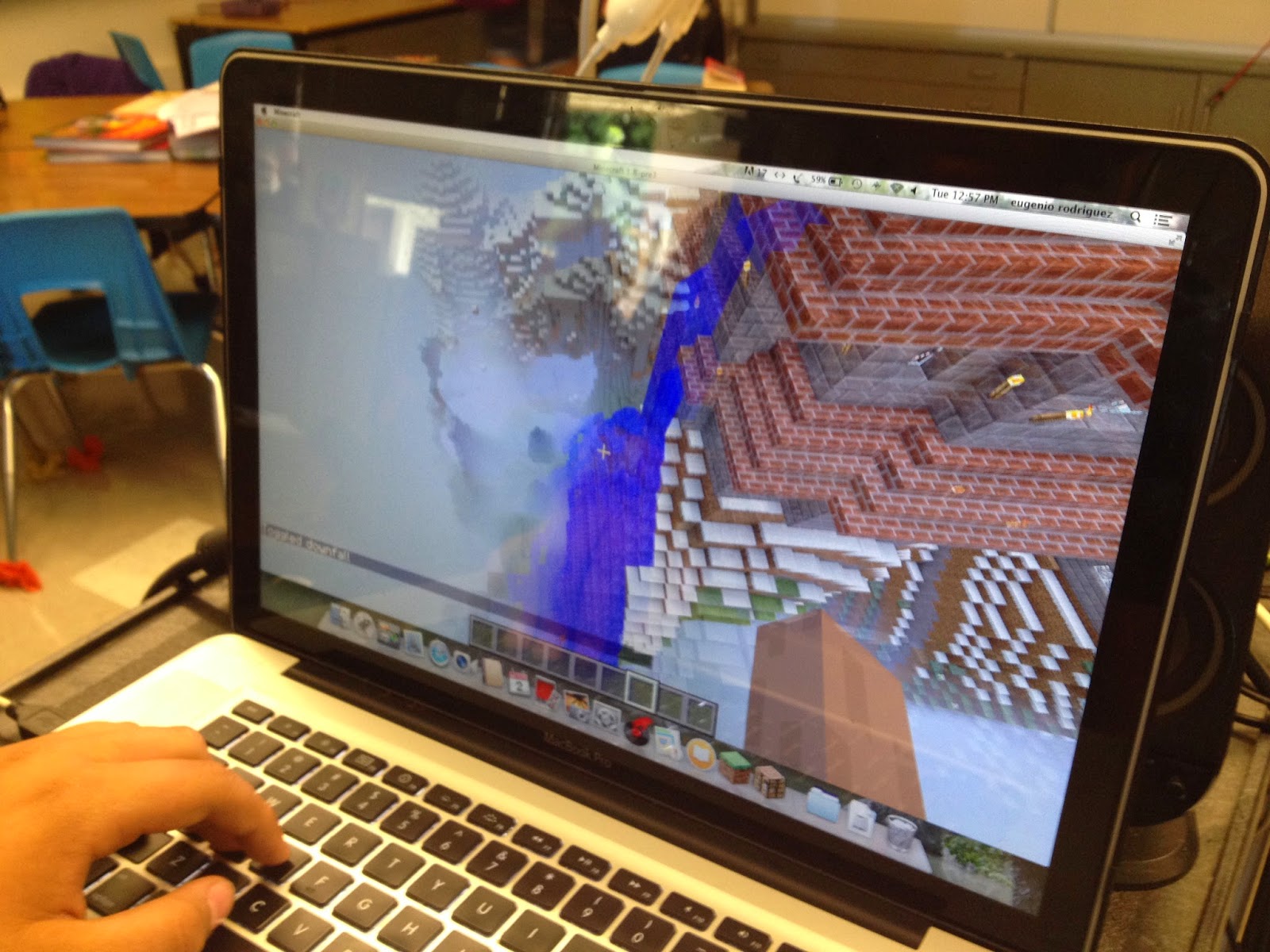Enjoy seeing how students integrate technology and art in Miss Lukins's Language Arts and World Geography classes!
Saturday, September 13, 2014
Roman Empire Headline News!
As a pre-netbook activity, students highlighted Roman weaknesses--leading to the Roman Empire's ultimate fall--in their very own news cover pages. They chose to showcase one weakness through one of the four formats: magazine cover, newspaper front page, online news, or TV breaking news. Enjoy the colorful creations below:
Visible Thinking Strategies - Fall of Rome "Cause and Effect Chain of Events"
Students put their thoughts down on paper today using a Visible Thinking Strategy (VTS) called "Cause and Effect Chain of Events." Students were given a list of 33 weaknesses of the Roman Empire that led to its fall, a packet of sticky notes, markers, and a piece of poster paper. Their task was to use their creativity to show cause-and-effect examples leading to the fall of Rome. Using higher-level thinking, students had to first categorize weaknesses and then put them in an order showing cause-and-effect that they could easily argue and support with evidence. Then, they chose their "Top 3 Reasons for Rome's Fall" and argued their positions in writing using citations from their research. Below, enjoy their creativity, interaction, discussion, and debates as they put their thoughts to paper!
Utopian Society Project
"Utopia" is defined as "any real or imaginary society or place considered to be perfect or ideal." In this project, students were challenged with creating their own version of "utopia" addressing one of the following scenarios:
- If you were one of the first humans to exist on earth, where would you live?
- Which REAL historical civilization would you want to join?
- Where would you live in a zombie apocalypse?
- How might a futuristic society successfully thrive?
- If you were to create an imaginary utopia, where would it be?
Students both illustrated and explained their ideal society using several components of geography: location/landforms, climate, waterways, natural resources, food, movement, connections, architecture, communication, and entertainment. Students utilized technology including Google Earth, Google Translate, and even Minecraft to design their version of utopia! Some students even built their utopian societies as 3-D models! Enjoy these creative worlds below:
Subscribe to:
Comments (Atom)




























































